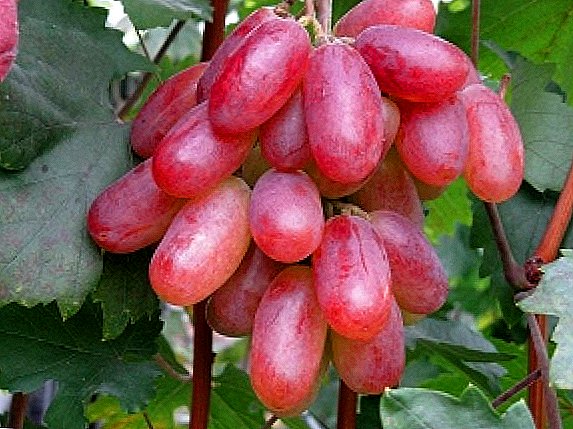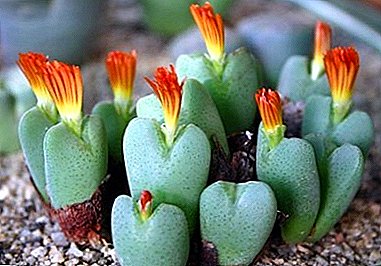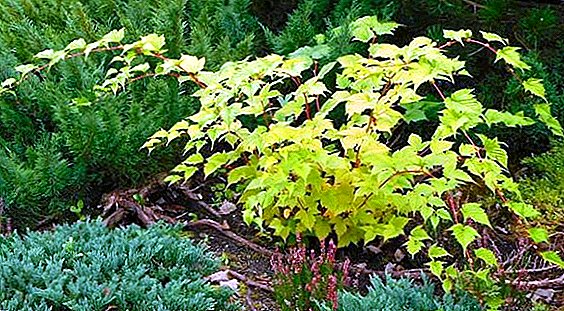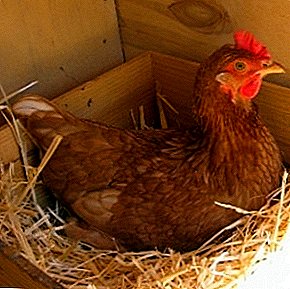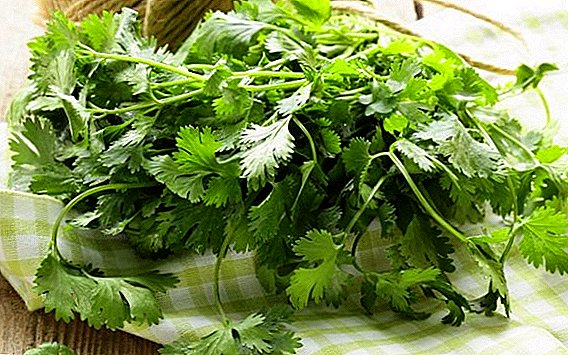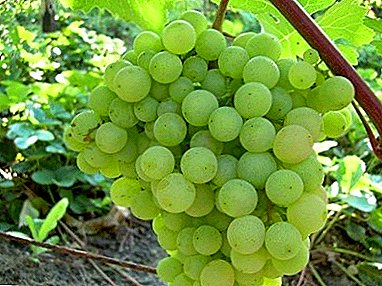
The grape variety Supaga is recommended for planting in country houses, gazebos, verandas due to the density of the vine.
It is frost-resistant to minus 25 degrees Celsius.
Unpretentious to natural conditions. Good against disease.
Grape "Supaga": description of the variety
Supaga grapes are a versatile variety. Designed for wholesale in stores and for fresh home use, for the preparation of salads, mousses, jams.
Versatility also distinguishes Alexander, Lydia and Kishmish Jupiter.
Thanks to the thick skin, has good transportability over long distances. Experienced winegrowers carried out a tasting evaluation, which was 7.4 points out of 10.
Treats unpretentious grades. Recommended for planting amateur growers. Unpretentiousness can also boast of Delight of the Ideal, Giovanni and Denisovsky.
Grape bushes with strong growth. One bush can take from 5 meters of land. Variety with excellent aging shoots. Well compatible with all stocks.
The load on the bush is average, 30-40 holes. Pruning vines short - from 4 to 6 eyes. Requires crop rationing.
Need a normalization for Super Extra, Miner and Charlie.
Flowers with self-pollination. Clusters enlarged, cylindro-conical shape, dense. In weight reach 350-400 grams. Grapes are large, oval-round.
All grapes are the same size. In weight reach 4-4.5 grams. The color is green with a rich amber tint.
The flesh is not slimy. Taste labruskovy, very sweet. Reminds variety Isabella. Peel with a thick sandpaper. Sugar accumulation 17-28%. Acidity 5-7 g / l.
Aladdin, Delight White and King Ruby have a high sugar content.
A photo
The appearance of the grapes "Supaga" on the photo:





Selection
Supag grape is a Latvian variety. Sort brought an experienced originator Paul Sukatniek. The variety was obtained by crossing (Madelenka (Madeleine Angèveen) and the French Dvietes zila).
The variety was named after the author’s last name - SU (Sukatniek), PA (Paul). The last syllable of the GA was given in honor of the originator's wife, Gaida (SUPAG).
Distributed in the Russian Federation, the Baltic States, the CIS countries. It survives well in the central and southern part of the country. Well responsive to fertilizers. Recommended for planting in gazebos.
Grow well in the bowers and delight Muscat, Kishmish Radiant and Zagrava.
Productivity and frost resistance
Supaga grapes have a remarkable yield. With good care, from one bush can be removed up to one hundred kilograms of fruit.
Victoria, New Present Zaporzhi and Rkatsiteli demonstrate high yields.
The ripening of berries is considered early from 115 to 120 days, full maturity is achieved at the end of July. Fruitful shoots from 80 to 85%. The number of brushes per escape is 1.5-1.8.
The harvest is long preserved on the shoots. At the same time does not lose taste, quality and commercial properties. Frost-resistant grade to minus 25 degrees Celsius. It can be either covering or not covering.
Vine can easily bend down to the ground. For shelter use fir paws. In this case, the sleeves are quite long and have a large amount of perennial wood.
With this shelter is a supply of vitamins and nutrients needed bush. This allows the grapes to easily tolerate weather conditions, to resist pests.
Diseases and pests
 Supaga variety well resistant to mildew and oidium diseases on a scale of 3 points. Wonderful resistant to gray rot 3.5 points.
Supaga variety well resistant to mildew and oidium diseases on a scale of 3 points. Wonderful resistant to gray rot 3.5 points.
Prophylactic treatment spend 0.3% liquid copper sulphate. An immunocytophyte is used before flowering, and topaz is used after flowering. Supported by phylloxera disease.
This pest is considered the most harmful and dangerous. It is small in size, resembles an aphid. It lives on the rhizome of the plant, up to one meter deep. It feeds on grape bushes. On plants there are swellings, and on roots - putrefactive bacteria.
Supaga variety must be vaccinated against phylloxera. A measure of pest control is flooding the vineyard in the winter period of time for a period of a month and a half.
Supaga grape variety is especially loved by amateur gardeners. With its unpretentiousness to climatic conditions, the variety is hardy to minus 25 degrees. Harvest long kept on the bushes.
Collection from the bush is up to one hundred kilograms of fruit. Fruits are juicy, reaching a weight of 0.3-0.4 kilograms. Large fruits are used both fresh and in the form of mousse, jam, jam, jelly.
Grapes due to increased bushiness are used in the form of poviteli for gazebos, verandahs, green fences at cottages. Growth varieties, with excellent maturation of shoots, reaches a height of four meters.



